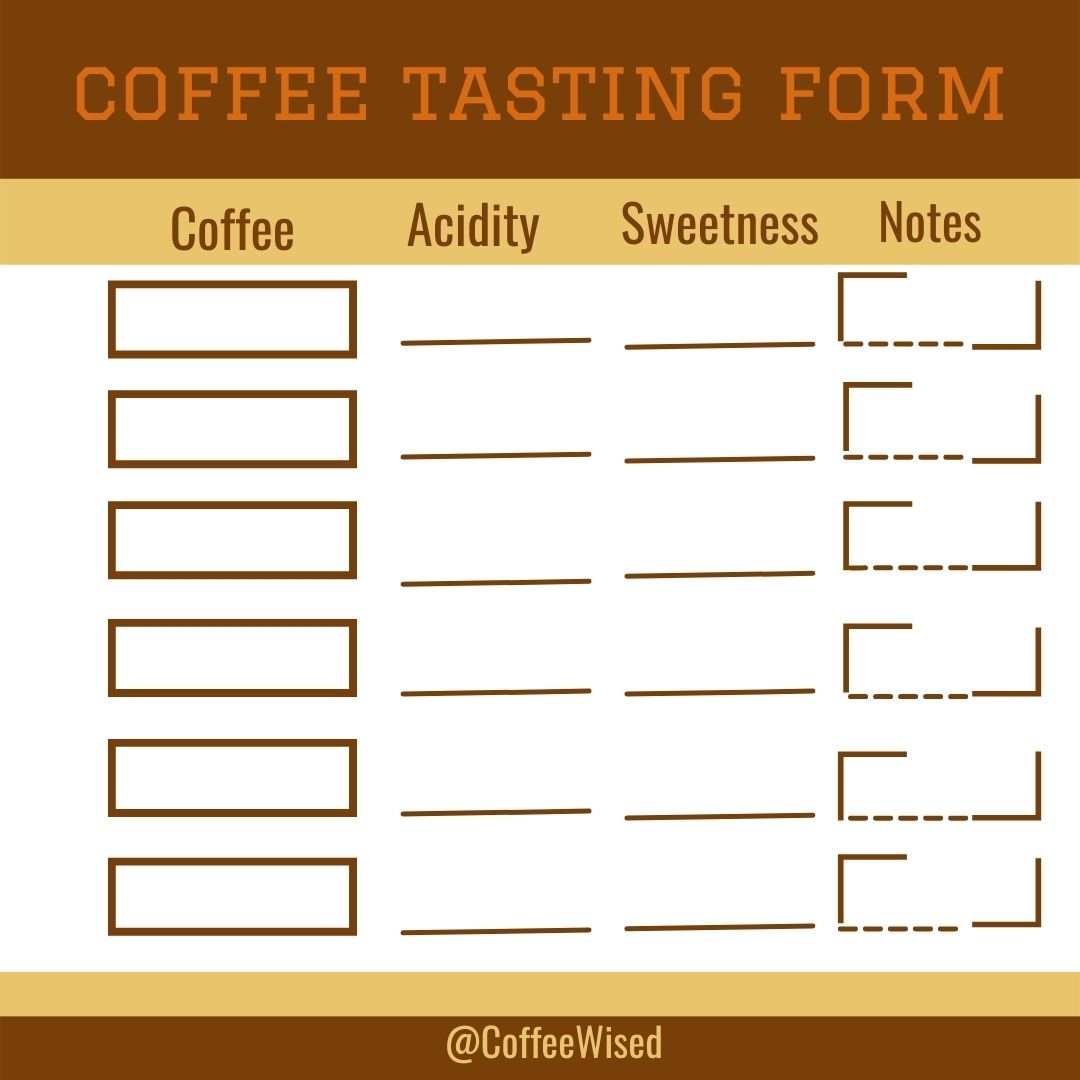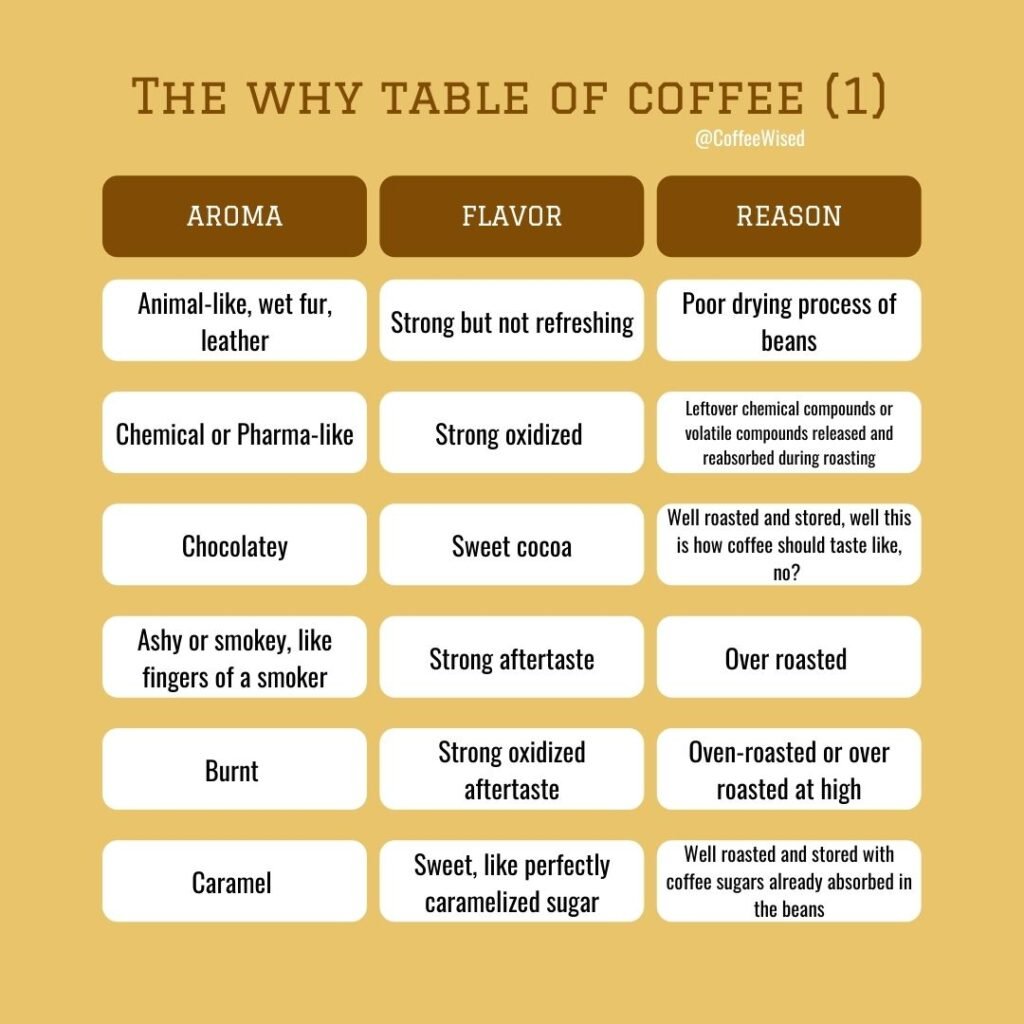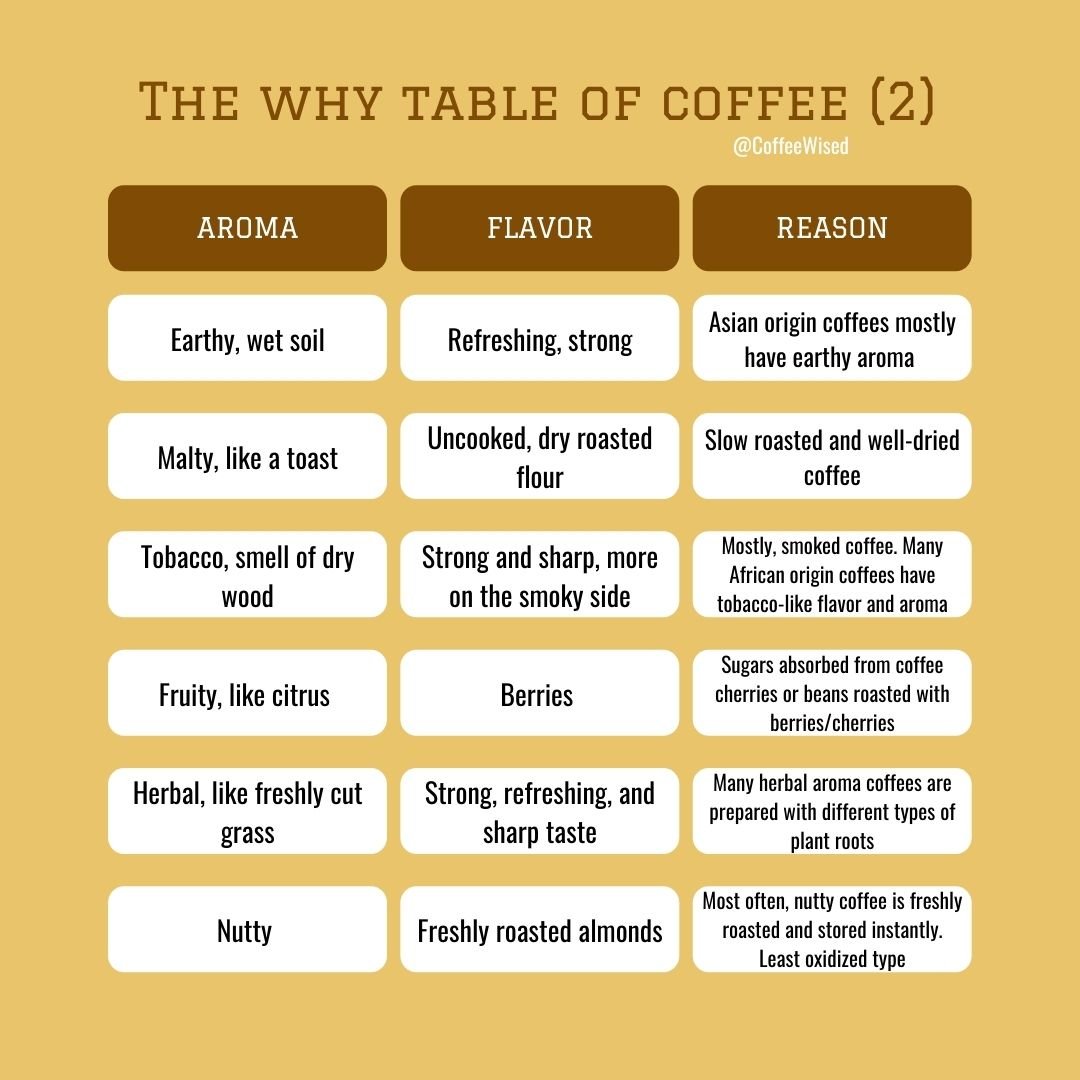Coffee Tasting 101: Your Ultimate Coffee Tasting Guide
Coffee tasting or coffee cupping is one of the best jobs to have if you are a coffee lover. Although it is complex and requires lots of concentration, I would still do it any day because I have tasted the best coffee of my life in the coffee tasting experience.
Coffee tasting Starbucks was my introduction to this beautiful world of tasting coffees. This guide has lots of information from my personal experience, and some real barista experiences too.
Can Anyone Do Coffee Tasting?
Coffee tasting is a specialty job done by the baristas, but anyone can do it. Professionals who do coffee tasting are also called “Q Graders”. Many coffee and culinary institutes offer coffee tasting experiences around the world. Anyone can informally take the course and get certified.

The 5 Elements of Coffee Tasting
Many factors influence the 5 elements of tasting coffee. These include the type of coffee (Robusta and arabica), origin of coffee, brewing method, processing, and storage method, roasting technique, age, etc. Coffee flavors and aroma tell a lot about the origin of coffee. This is why many professional coffee tasting experts try to guess the origin of coffee during the tasting process.
When tasting coffee, you have to keep these 5 elements in mind (there’s a bonus secret at the end of this section).
Aroma
The aroma of coffee is directly related to the flavor of coffee too. This means that if your coffee smells earthy or like wet soil, the flavor will still be strong and refreshing. Most often, earthy coffees are those originating in Asian countries. It is usually the effect of Asian soil on the coffee plant.
Acidity
Acidity refers to the tartness of coffee. Do not confuse it with the pH of coffee. When you drink citrus fruits or take a sip of a carbonated drink, you can feel acidity on your tongue, throat, and sometimes jaws and teeth. This is exactly how coffee’s acidity feels like. However, it is mostly not as strong as that of citrus fruit juices and carbonated drinks. Coffees that have low acidity feel soft in the mouth.
When comparing the acidity during coffee cupping, you can think of tangy foods. If the coffee tastes more acidic, its flavor will be close to lemon. If the coffee tastes less acidic, it will taste somewhat like a melon. My coffee cupping experience says that dark roasts are usually less acidic, while light roasts are usually more acidic.
Body
The body is the weightage of coffee. Think of it like this. When you drink full-fat milk, it feels heavy and fulfilling in your mouth. But if you drink low-fat milk, it feels light in your mouth. To make sure that the body of the coffee is thoroughly evaluated in the coffee tasting process, no cream, milk, or alternative of these is added to the coffee. Even the best-tasting coffee creamer can change your overall coffee tasting experience.
Flavor: The Taste of Coffee
The flavor is definitely the taste of coffee, which means how your tastebuds describe it. The table given after this section has a complete list of common coffee aromas and their tastes. However, when taking your coffee tasting notes, you can mention the flavors in your own words, the way you would describe any specific flavor. I once mentioned a fruit coffee as,
“This coffee tastes like fruit that is neither underripe nor overripe. Just perfectly done by nature.”
Sweetness
Sweetness is my favorite among the 5 elements of tasting coffee. The sweetness and quality of coffee go hand in hand. The better your cup of coffee is, the sweeter it is. However, many people confuse about the sweetness of coffee when taking their notes. It happens when you are not much aware of how to rate the coffee sweetness.
What do you need to do to compare coffee sweetness? Simple. Every time you eat something sweet, like white sugar, brown sugar, caramel, butterscotch, honey, maple syrup, etc. keep the flavors in mind. During the coffee tasting experience, you can describe the sweetness of coffee with reference to the definition of sweet you have in mind.
Bonus Element – Aftertaste of Coffee
All coffees have an aftertaste. Some coffees leave a strong chocolate-like aftertaste, while some leave an acidic flavor. The right way to check the aftertaste of coffee is to wait for 5 minutes after taking a sip. This will also help you define how exactly the coffee tasted when you sipped it. Do you know that I have created this downloadable table for you to understand specific aromas and their reference tastes and reasons? It will also help you to understand the flavor of your current coffee and make better choices as per your coffee palate. What are you waiting for? Download this table, print and stick it near your coffee maker.


4 Steps of Tasting Coffee
The 4 steps of coffee tasting involve 5 elements that I have discussed in the previous section. Now, let’s check what are the 4 steps of tasting coffee.
Smell
Does the smell of coffee build your opinion about the taste of coffee? Yes, it does. Morning coffee brewing in the kitchen will have its beautiful aroma doing rounds in the house.
The first step is to smell it. Bring the cup close to your nose and inhale the aroma of coffee. You can describe the aroma of coffee as strong, mild, peachy, flowery, herby, nutty, smoky, or even get visual with the description.
I once wrote the description as,
“This cup of coffee tastes like it’s your first day at work and you have been held with collar and thrown into Atlantic. It smells like the ocean is rotten today.”
Yeah, that seemingly perfect cup of coffee smelled bad, but it didn’t taste that bad.
Sip/Slurp
According to Starbucks, you should slurp your coffee to understand the taste. My experience says that you should take coffee in a spoon and sip it. Let it spread on your tongue and go around your mouth. Don’t just gulp it like medicine.
You can also slurp coffee from the cup. However, make sure to let it go around your mouth and leave the magic. If you sip it too fast, you might not get the real coffee tasting experience, and your final notes might go south.
Locate
The flavor of your coffee could be different on the tip of your tongue, or sides of the tongue, or other areas of the mouth. I used to laugh when we were taught in elementary school that your entire tongue does not experience the same flavor. But it is true! So, for a classy coffee tasting experience, answer these questions to yourself.
- Did your coffee sip seem silky, soft, or heavy?
- Was it easy to drink?
- Did the coffee feel tangy in mouth?
- Was it strong? Or light?
- Did you feel high caffeine notes?
- Was it sweet, chocolaty, nutty, or sharp?
- Was it refreshing?
Take Coffee Tasting Notes
Here comes the favorite part. Now that you have answered all the questions, the next and final stage is to describe the coffee you just enjoyed (just a sip, I know). In your coffee cupping notes, you can describe coffee in one word, or a whole sentence. This is our choice, and the space is given to write your observation.
The Coffee Taster’s Flavor Wheel is popular for describing different flavors of coffee.
How to Know the Background of Coffee with Coffee Tasting Experience?
Coffee tasting experience can tell you a lot about the origin and history of that particular cup of coffee. This is one of the craziest things that fascinate me the most about the coffee tasting experience. I imagine myself standing in the coffee farms of Puerto Rico when I sip a chocolaty, caramel-like, sweet, and not so acidic cup of coffee.
Do you want to experience time travel with just a cup of coffee? Yo-yo! Consider these factors.
Types of Coffee
Robusta and Arabica are the two main types of coffee. Robusta coffee beans are smaller and rounder. These are more on the bitter side with a natural, strong flavor of caffeine. Only 25% of the coffee market has real Robusta. Arabica coffee beans are oval and bigger in size. These are sweeter, a little acidic and fruity in aroma, and packed with flavor.
Processing
Coffee beans are processed in a variety of ways. Mostly, they are harvested, then washed and dried, or just cleaned naturally, and then roasted. However, the process could differ from region to region.
Origin
The climate, quality of soil, air, minerals in the soil, and the way the coffee plant has been handled throughout life will affect your overall experience. These factors are different in each part of the world. Therefore, the coffee grown in Southeast Asia will be entirely different from that grown in warmer regions of the US and Canada.
The Only Complain about Coffee Cupping
Coffee tasting experience may have only one downside. When you taste many cups of coffee, you may feel that your coffee has started to taste sour. It is not the coffee that is tasting sour, but the acidic difference in your mouth after tasting several cups of coffee.
How to Fix This Issue?
Keep water with you. When you taste a cup of coffee, wait for 5 minutes, write down your notes, and take a sip of water to wash down the acids and aftertaste of coffee. Then, wait for another 4-5 minutes before tasting your next cup of coffee. Avoid eating anything between intervals. It is not usually allowed anyway, because it can interfere with your overall coffee tasting experience.
My most favorite coffee tasting experience was at Starbucks coffee tasting Los Angeles. Have you tried tasting coffee like a Barista before? How was your experience?
